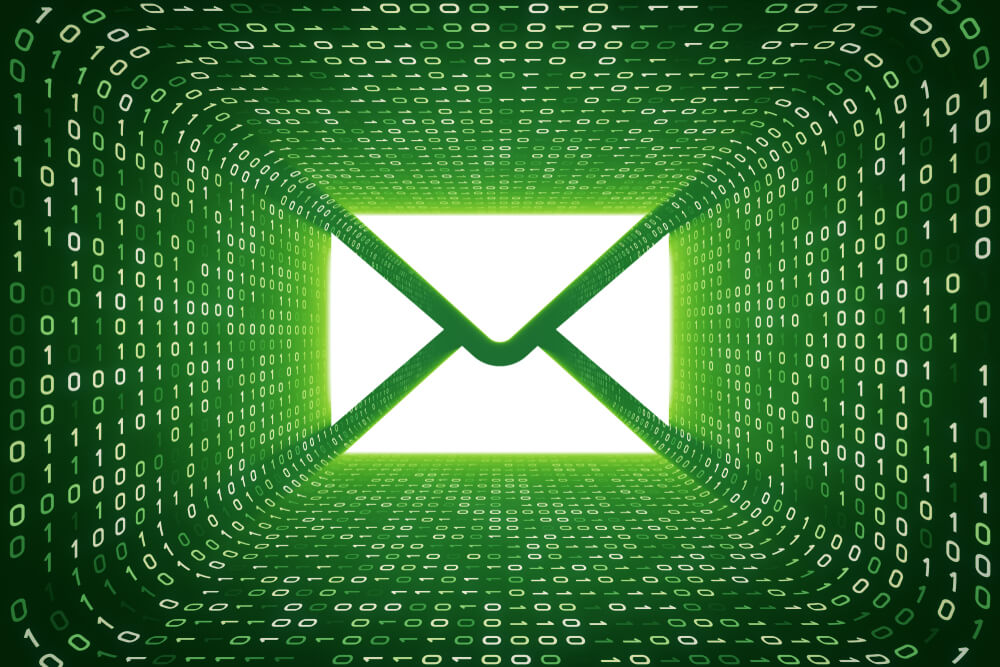EXECUTIVE SUMMARY:
Email is the #1 means of communication globally. It’s simple, affordable and easily available. However, email systems weren’t designed with security in mind. In the absence of first-rate security measures, email can become a hacker’s paradise, offering unfettered access to a host of tantalizingly lucrative opportunities.
Regarding email threat prevention, adherence to security best practices positively influences outcomes. In this article, discover seven unbeatable ways to tackle the issue of email security and dangerous emails. Reduce your organization’s risk, safeguard systems, and minimize your mean time to incident recovery.
7 best practices for tackling dangerous emails
1. Develop and enforce a corporate email policy. This document should provide guidelines around use and monitoring of corporate email services.
Specify that email communications should center around work tasks, work projects and official business. Excessive non-work related email is not acceptable, as it can introduce undue security risks.
Provide guidance around creating strong passwords, rotating them on a regular basis and avoidance of password sharing. Encourage employees to use unique passwords for corporate accounts.
An email policy might also note that in an effort to prevent insider threats, employees may be subject to monitoring of messages that reside on the mail server.
2. Implement an advanced email filtering system. Invest in technologies that can sift through emails before they reach the end-user. These technologies analyze patterns, identify anomalies and continuously adapt to new threats — providing your people with high-quality threat protection.
3. Incorporate AI-powered tools into your email security stack. AI and ML bring new capabilities to the table. They can identify threats that may be missed by more traditional tooling, blocking the most evasive and sophisticated of threats before they can evolve into intimidating multi-stage attacks.
4. Endpoint security. Ensure that devices used by employees to access email and network resources are secure. Install and regularly update endpoint security software. In addition, implement a password management policy and device encryption.
5. Leverage email encryption. By encrypting emails, your organization ensures that sensitive data remains impervious to interception and unauthorized access. Encryption means that only the intended recipient can open and read through the contents of messages.
This cuts down on the possibility that a bad actor will attempt to parse through data for social engineering purposes, and it reduces the potential for malware-based email attachment attacks, among other threat types.
6. Provide employees with awareness training. Ensure that employees are well-informed about corporate security policies, their responsibilities in helping to maintain organizational security, and common types of threats that they should look out for – many of which are email-based.
Explain recommended best practices and provide contact information for cyber security personnel, should they have any questions or encounter anything seemingly malicious.
7. Opt for an email security solution that goes beyond email. Because email-based threats can spread through an organization horizontally, consider an email security solution that covers all collaboration channels — think G Suite, Teams, Slack and OneDrive. Solutions like Avanan provide this service and offer free proof-of-value.
Bonus: While this isn’t a means of proactively tackling dangerous emails, it will assist with addressing dangerous emails after they’ve been opened or clicked on:
Have an incident response plan. If your organization can take swift action after learning of a threat, you may be able to avoid far-reaching damage and unexpected expenses.
Regularly evaluate and update an incident response plan. This will help ensure that your organization can combat new and emerging email threats. Check out our incident response resources, here.
Lastly, subscribe to the CyberTalk.org newsletter for timely insights, cutting-edge analyses and more, delivered straight to your inbox each week.






